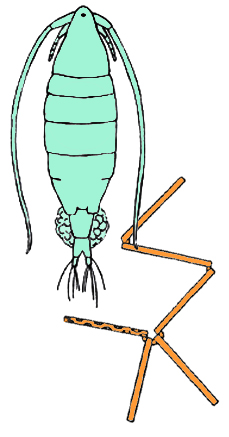Some of my interest in plankton has to do with the fact that I am in a nomadic, “wanderly” chapter of my life this summer. Having been firmly rooted in NYC for over 13 years, an auspicious enough number I guess, a combination of desire and need pushed me into a sabbatical from The City to tend to personal and family affairs. I cycle regularly between Pittsburgh, PA, the place of my ancestors, New Bedford, MA, the place of my boat/boyfriend, and NYC, the place of my career.
I am very grateful to have supportive family, friends and colleagues in each of these places, who push me forward when I get stuck, transfusing the chutzpah one needs to extract oneself from a quagmire.
One thing that has happened during this uprooting is that I have returned to photography as my main form of record keeping. Another thing that has happened is that my obsession with family history has transitioned from a late night, internet-based exercise in database management to a face-to-face, you-talk-ill-write, field expedition.
This week my Mom and I went to visit the Marshall County Court House in Moundsville, West Virgina, looking for family history. It is an area that has experienced a massive boom in oil and gas extraction (aka. the Ohio Valley Boom, but I prefer the term Frack Attack!), and there have been rumors of mineral rights in them thar hills, where the early Irish immigrants on my mom’s side came and farmed taters in the West Virginia wilds in the mid 1800s.
It was a long, stream-of-consciousness sort of day, where we got sidelined many times by little breadcrumbs of family history that led to unexpected places. We ended up meeting distant relations we didn’t know existed, visiting mysterious gravesites on our old farm, stumbling across a barn build by my teenage Great Grandfather, and tasting the fetid well water that results from decades of coal, oil and gas exploitation.

Old kin and modern residents of our “home place”.

The Grave of the Unknown Priest, complete with gaelic cross carved by an Italian inmate of Moundsville Penitentiary.

Barn built by Philip Henry Markey circa 1878.
We did not come home gas barons (um…good?), but our ramble revealed our family’s fingerprints are still all over Marshall County, West Virginia. Moreover, we turned up a restaurant that serves a fine fried baloney sandwich, if you are ever hungry in the Ohio River valley.


